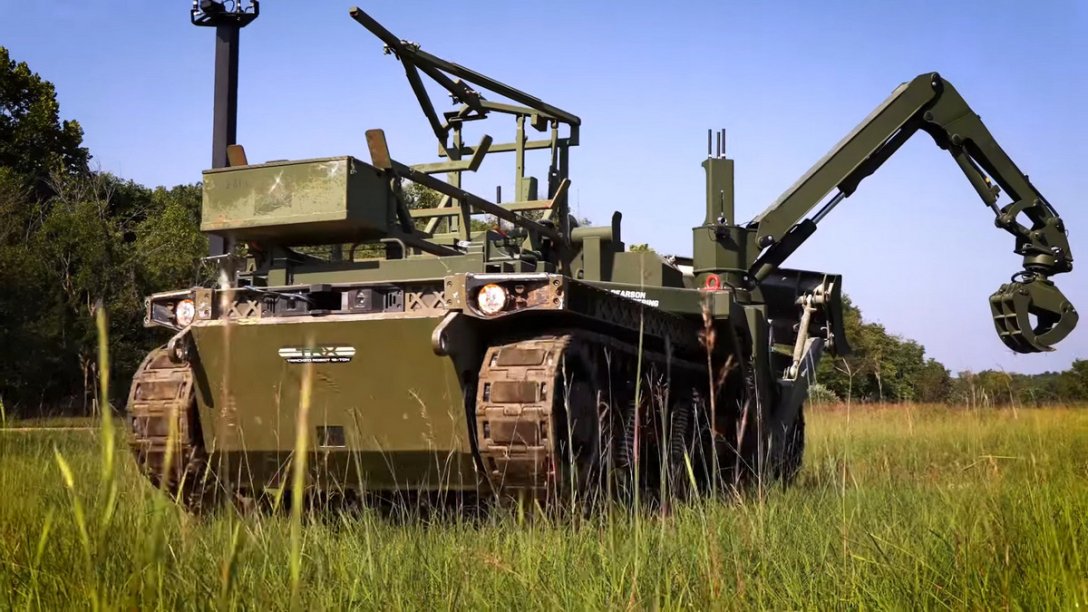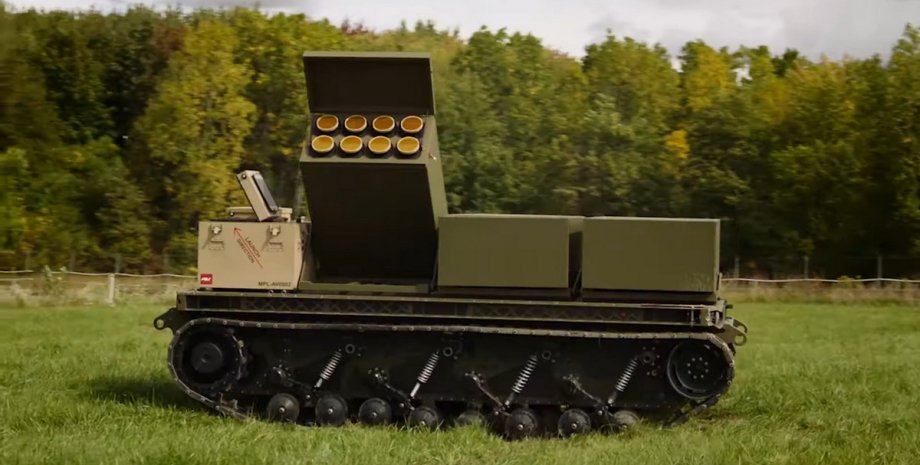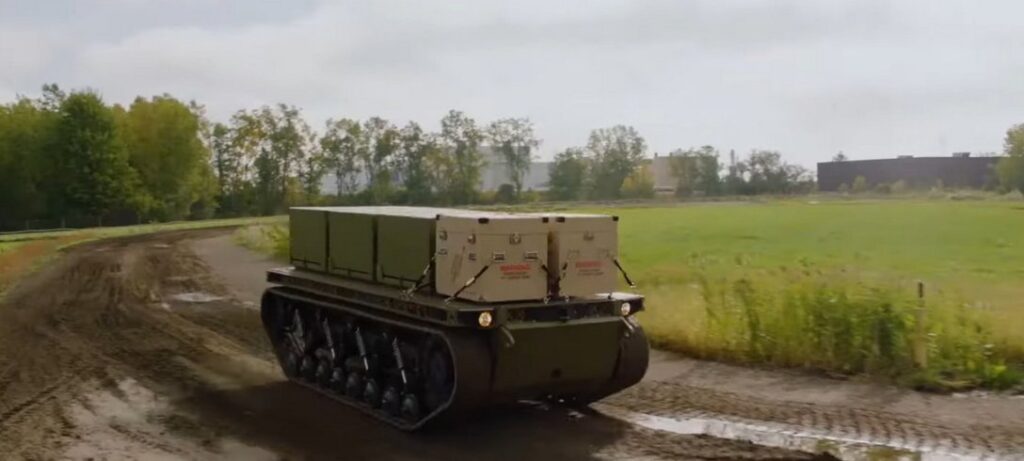
TRX universal combat robot: can launch missiles, fight drones and even dig trenches
General Dynamics Land Systems has won the right to participate in a U.S. Army project to develop a universal robotic platform, TRX, that can be equipped with various modules for combat and engineering tasks on the battlefield.
At the first stage of participation, the company will create two prototypes of its TRX modular robotic combat vehicle for the military. It is a 10-ton crawler robot that has the world’s best ratio of its own weight to the payload it transports – 1:1. The prototypes will be delivered to the army by August 2024 to support platform mobility tests and training of interaction with soldiers.
General Dynamics Land Systems notes that their combat robot is highly transportable and provides significant growth, interoperability and modularity for a wide range of future military operations. This is achieved by the ability to accommodate a wide range of different modules. For example, the platform can be equipped with an anti-drone air defense system, missile launchers, electronic warfare systems, and sensors for reconnaissance. The robot will also be very useful for military engineers, as it supports the installation of various loading manipulators and buckets.

In terms of software, the TRX is equipped with an AI-based system for better interaction with the operator and more accurate task execution. Its power and relatively compact size make it an ideal platform for multi-purpose integration of man and machine on the modern battlefield, according to engineers. The hybrid-electric propulsion system allows the platform to be economical and keep moving for as long as possible.

However, such characteristics do not mean that General Dynamics Land Systems can rest on its laurels. Competitors, such as McQ, Textron Systems Corporation, and Oshkosh Defense, have joined the fight for a future contract with the Pentagon to supply combat robots. After Phase I, the companies will compete for participation in Phase II, which will end in 2025 with the selection of the best robotic platform and nine prototypes being tested in multiple US Army units, and only then will a procurement decision be made.

